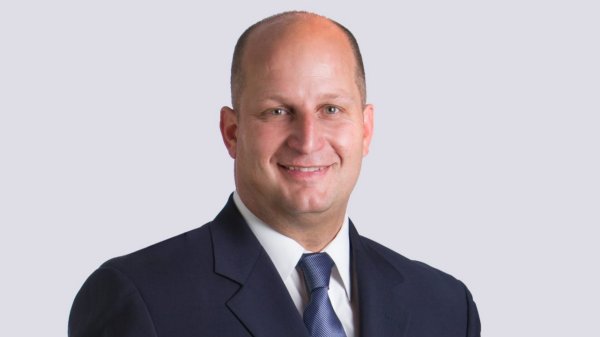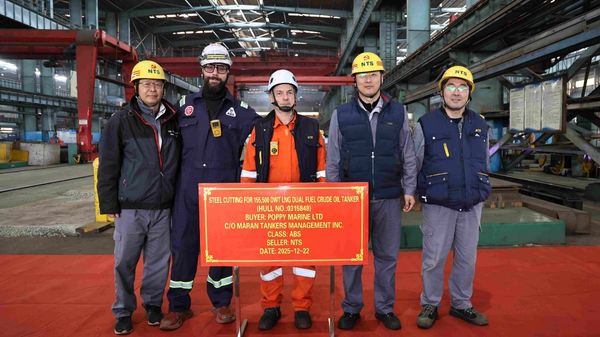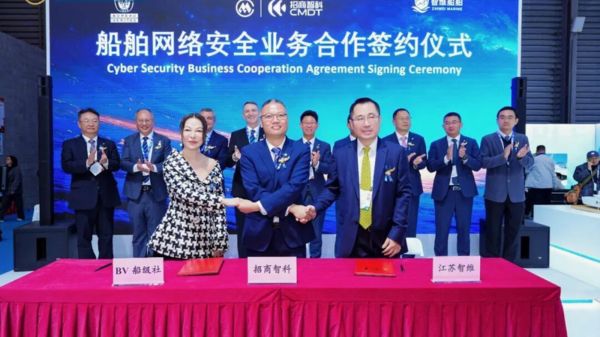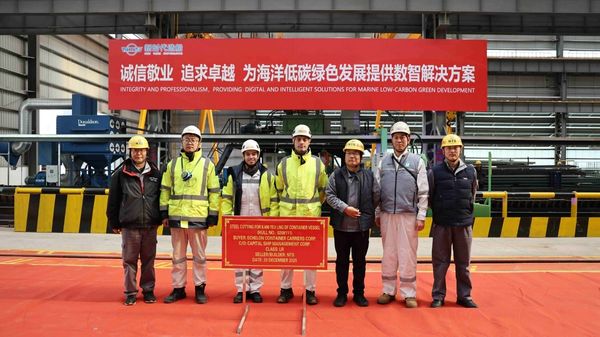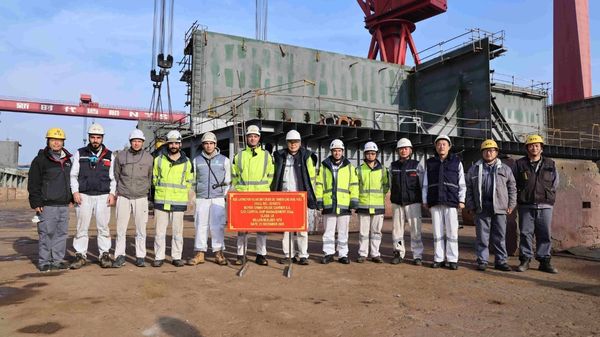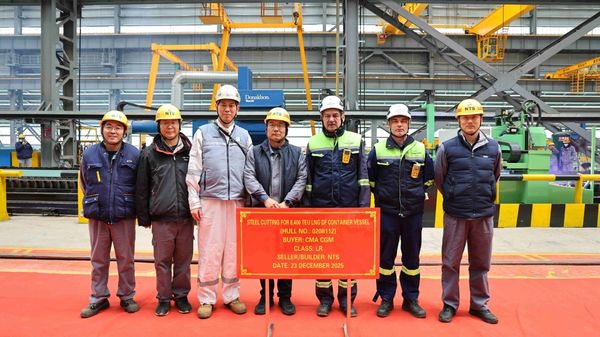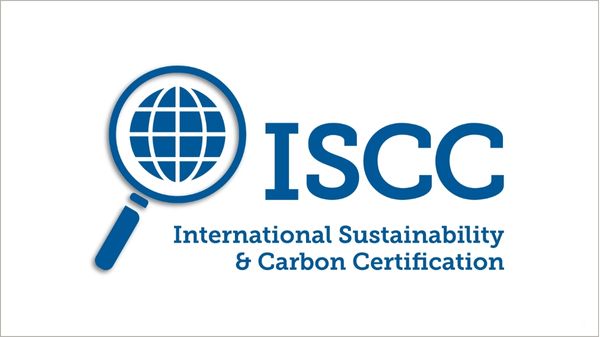A review of maritime accidents produced by the
European Maritime Safety Agency (EMSA), claims the total amount of oil spilled in and around EU waters in 2007 was in the region of 7-8,000 tonnes.
The report, entitled
"Maritime Accident Review 2007", also highlights the fact that, although the maritime safety situation has improved significantly in recent years, the total number and financial cost of accidents is rising at an unprecedented rate.
The review covers accidents involving all types of commercial vessels, and deals with types of accident (including oil spills, sinkings, collisions, groundings, fires, loss of life), ship types involved and regional aspects.
One of the most significant findings was that, according to the accident data sources used, the total number of vessels involved in accidents rose from 535 (in 2006) to 762 (in 2007), and almost 70 percent of the accidents occurred in the Atlantic and North Sea regions.
The EMSA’s daily research recorded around 30 accidental oil spills of different sizes in and around EU waters in 2007. 10 of these are said to have caused significant pollution problems.
When looking at the known figures for major accidents, and allowing for a number of minor spills, the reported figures suggest that the total amount of oil spilled in and around EU waters in 2007 was in the region of 7-8,000 tonnes. Only a small proportion of this is believed to have reached the coastline, however, deliberate spills were said to be a significant concern, and the EMSA is looking at this via its satellite monitoring service.
When comparing this figure with previous major individual spills such as the
Haven (144,000 tonnes of Italy in 1991), the
Sea Empress (72,000 tonnes off Wales in 1996), the
Erika (20,000 tonnes off France in 1999 and the
Prestige (63,000 tonnes off Spain in 2002), and bearing in mind that there have been no major spills since the Prestige, the report said the situation has radically improved in recent years.
The move towards ensuring that all oil tankers have double hulls is seen to be one of the more important drivers contributing to improvements in this area.
As illegal discharges are now believed to account for progressively greater volumes than accidental events, while continuing to improve vessel safety, greater emphasis is now being placed on controlling deliberate discharges via CleanSeaNet and associated systems.
The first significant spill of the year occurred when the bulk carrier
Server ran aground, split in two and spilled almost 400 tonnes of fuel in 10 metre waves and Force 10 winds (88 - 102kph) off the Norwegian island of
Fedje on 12th January. A substantial amount reached the coast and caused serious pollution which took over 6 months to clean up.
The year’s biggest spill took place towards the end of the year, when an estimated 3,840 tonnes of oil entered the sea as a result of an accident during the loading of the tanker
Navion Britannia at a loading buoy at the Statfjord A oil platform 200 km west of
Bergen, Norway, on 12th December.
The figures show that this one accident accounted for around a half of the total volume of oil that escaped in significant accidental spills in and around EU waters in 2007.
Luckily, strong currents and gale force winds swept the 23 sq km slick northwards, and it was closely monitored using aircraft and satellite imagery until it was naturally dispersed.
The year’s second biggest spill occurred when the 27,000 gt container ship
Claudel hit a jetty at
Rotterdam in high winds on 18th January and damaged pipes connected to the jetty. As a result, up to 800 tonnes of crude oil spilled into the harbour. It was reported to be the biggest spill ever at Europe’s biggest port.
The bulk carrier
Golden Sky ran aground and was holed in hurricane force winds 900 metres off the coast near the port of
Ventspils, Latvia, on 15th January.
A 40 km oil slick soon formed and an unspecified amount of its 490 tonnes of fuel oil was spilled, which led to substantial pollution on the coastline.
The refrigerated cargo ship
Sierra Nava was blown from its anchorage and ran aground in bad weather near
Algeciras, Spain, on 28th January. As a result, up to 270 of its 350 tonnes of bunker fuel spilled into the sea just off the coast and much of this reached local beaches.
Also in the same area, reports suggest that a substantial amount of oil reached the coastline following the collision between the oil products tanker
Torm Gertrud and the bulk carrier
New Flame off
Gibraltar on 12th August, whilst others say that almost all the spilled oil was contained.
Also in Spain, the ro-ro cargo ship
Don Pedro sank off the island of
Ibiza on 11th July, with around 220 tonnes of fuel and other oil on board, and the subsequent oil spill was estimated at up to a maximum of 150 tonnes. The slick fouled a nature reserve and several well known tourist beaches in the middle of the tourist season.
The sinking of the cruise ship
Sea Diamond in the volcanic caldera off
Santorini, Greece, with over 400 tonnes of bunker fuel on board on 5th April is still posing a particularly difficult problem, the EMSA report said. Some estimates suggest that clean-up efforts resulted in up to 300 of the total of around 400 tonnes of the fuel being recovered. However it is uncertain how much is still left on board, and one of Europe’s most picturesque tourist spots is now possibly under threat from future fuel escapes.
Another spill of some significance was that following the grounding and capsize of the bulk carrier
Wilson Muuga with the loss of a Danish crew member and injury to 6 others off
Iceland on 19th December 2006, just before the start of the year.
As a result of the accident, 50 tonnes of heavy fuel oil spilled into the sea and an unspecified amount reached the coastline.
Finally, just outside EU waters, the sinking and grounding of numerous vessels on 11th November caused major pollution in the
Kerch Strait area of the northern Black Sea. A substantial, but unknown amount of oil was spilled, and the area is still feeling the effects, the EMSA report said.

